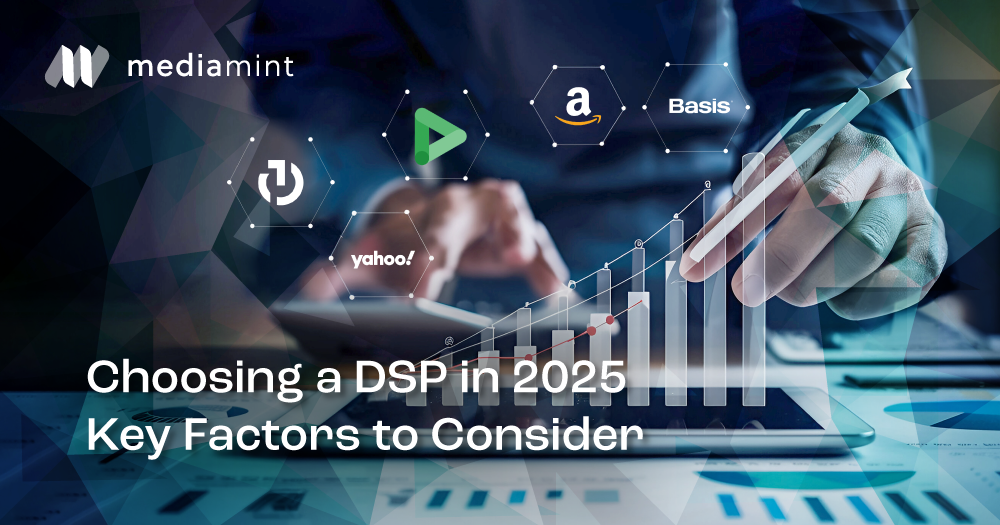Publishers are leveraging AI for revenue optimization.

In the fallout of Google’s cookie deprecation, publishers have been actively pivoting from a largely programmatic dependent revenue model to including more first party and direct ad revenue. The first half of the year has already been lucrative, with many publishers reporting larger renewal rates and more RFP volumes.
Since 2020, direct ads have been a large part of publishers’ revenue model, and continue to remain a top revenue driver as of 2023. In 2024, publishers are focused on continuing to build on this, along with reader subscriptions – subscriptions that are expected to build recurring revenues and to collect more first party data.
Further, and contrary to the trend, publishers seem to be investing heavily in higher quality content, which is expected to tie in significantly with branded content – such content is designed to read like editorial content with the difference that it can be sponsored by advertisers. This also represents a longer term strategy for publishers – branded content can be leveraged to run evergreen campaigns.
Focus areas like these, along with the resurgence of events or brokering AI deals, represent a growing focus on a diversified set of revenue models that is independent of programmatic.
Identifying new opportunities using AI
Using AI could continue to help publishers continue their revenue diversification, optimisation and yield management tactics.
- Personalizing ads for users could drive better engagement and higher performance – contributing extensively to RoI and user engagement
- Analyze audiences to create new first party data segments that could potentially open more monetization
- Understanding ad placements and formats could provide better insights into understanding what inventory sells well and what doesn’t. This could help sales teams understand where to price better, and where to incentivize advertisers to buy
- Leveraging AI to understand audiences and content patterns to better align with advertisers and their campaign objectives. Such patterns could also help build new segments that could be monetized
Additionally, AI can now empower sales teams to quickly turnaround proposals and media plans – what took a few days to create can be automated to potentially win more budgets. Optimized workflows help build pricing, avails and media mixes quickly.
Further such optimization may also help publishers that rely on myriad downstream systems to deliver campaigns – accelerating order creation helps publishers transition from booked revenue to delivered revenue. In MediaMint’s engagements with its publishing clientele, building order creation accelerators has helped ad operations teams scale line item creation and campaign launches with faster turnaround times with higher accuracy – delivering higher client satisfaction.
Experiment, Experiment, Experiment
As the market dynamics continue to challenge publishers to evolve new revenue and monetization models, AI can help short-circuit the experimentation process. Such a process hinges on the ability to create pilot programs with an efficient approach to iterations and a ‘fail fast’ approach.
MediaMint has leveraged such an approach to help publishers identify new avenues to monetize their audiences, inventory, and assets. Such avenues have leveraged both traditional stack management expertise and macro and micro deployment of AI agents to help drive quick turnaround on pilot programs, automated campaign analytics, and outcomes.
And, ultimately, such an approach is what has been at the forefront of any business adapting to a changing status quo.




Comment